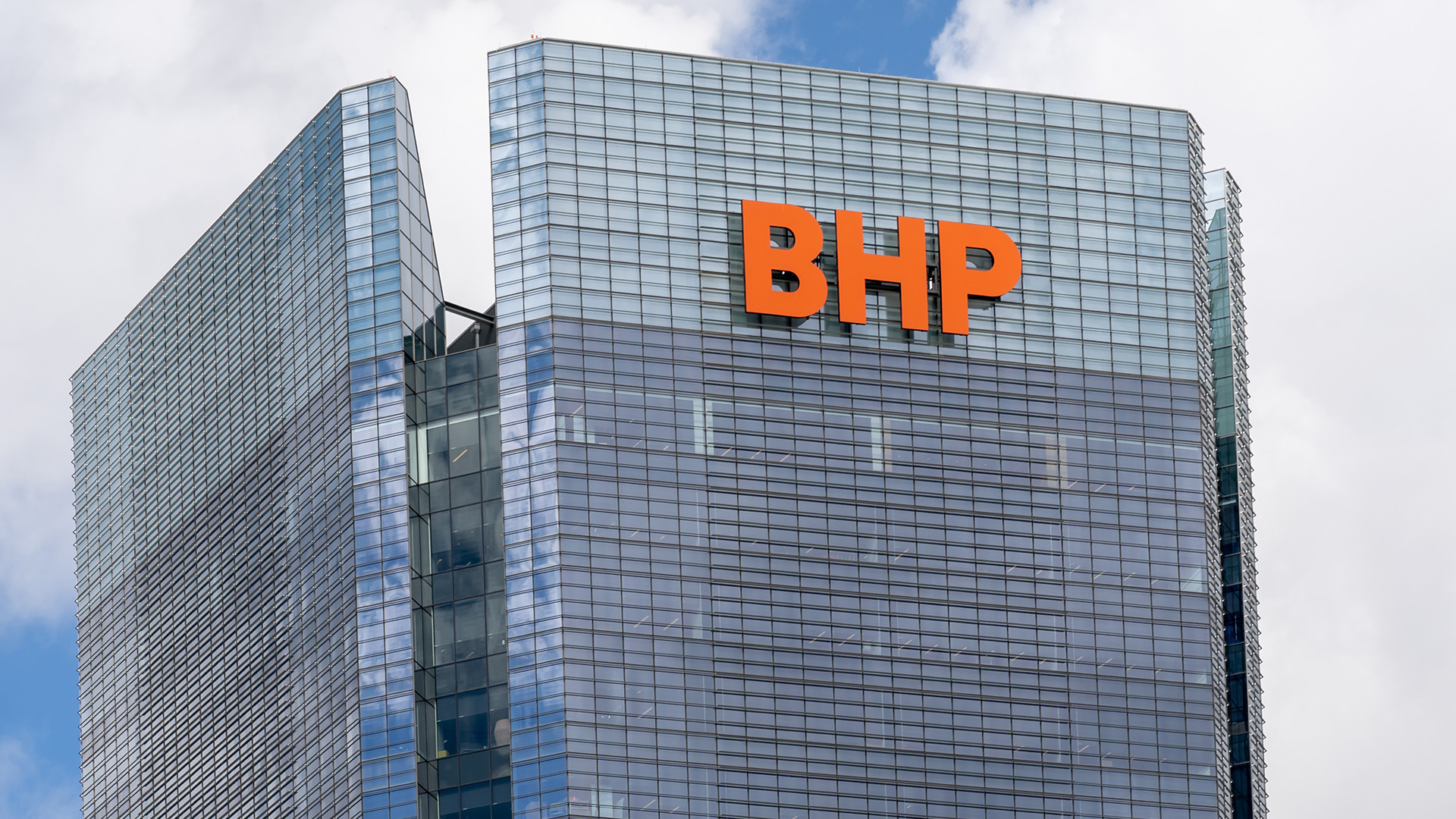
Gold has been under pressure this week as sharemarkets have paused for breath, or slipped back after the big run up of the past four weeks.
Gold has risen, fallen, risen and was trading under $US900 an ounce on Wednesday and Thursday ahead of the Easter break.
For gold investors, these are temporary developments. Because of the credit crisis, the recession and the enormous rise in government spending and borrowings, they see the outlook for gold as being more ‘golden’ than it would appear.
Certainly, that’s the view of the well-known London-based -GFMS metals consultancy which this week launched the 42nd edition of its Gold Survey 2009.
According to extracts released by the firm, a key feature of the report is the prospect for the gold price in the coming months and the consultancy believes this could easily re-attain the $US1, 000 mark and may well push up towards and perhaps even through the $US1,100 barrier.
Philip Klapwijk is GFMS chairman and he said in a synopsis of the report’s main points that while gold prices "have pulled back a fair bit from the February highs that was largely just the market’s reaction to jewellery demand crumbling and scrap booming.
"It’s far from game over for investors and it will be that crowd which sets the price alight".
The report said the fiscal and monetary policies currently being enacted, especially in the US, as the root cause of gold’s potential, through their ability to generate inflationary pressures.
GFMS said it also expect central banks to be reluctant to raise interest rates whilst the prospects for economic growth are shaky and that the solidity of the US dollar has to be called into question, chiefly as a result of doubts over others’ desire or ability to continue financing an explosion in US government debt.
But stronger demand in investment will certainly be needed to overcome weakness in the fundamentals, with Mr Klapwijk adding, "so far this year, we’ve seen times when major fabricating countries like Turkey have been exporting bullion because jewellery demand had collapsed and scrap was so strong.
"There’s no way that’s sustainable even in the medium term and I’d argue that’s the main reason the rally this year failed in the $US980s".
GFMS said that it may well not be a straight line rally as a summer lull or the need for inflationary pressures to build could see sub-$US900 prices in the short term.
The Gold Survey details a similar complex path last year as heavy net investment and record prices highs in the first quarter, on the back of surging oil prices, a weak dollar and financial turmoil such as the collapse of Bear Stearns, was followed by periods of heavy selling through into the fourth quarter.
Much of this was ascribed to the general sell off in commodities as economic growth foundered, a turnaround in the dollar and, towards the end of this phase, funds being obliged to sell in order to cover losses elsewhere, to meet margin calls and so forth.
In the final four months, GFMS noted a ground swell in investment in physical gold, reflecting distrust in financial institutions, especially after the collapse of Lehman Brothers in September, and a more general desire for wealth preservation.
Much of this buying was centred on western Europe and North America.
This desire for investment in physical form was illustrated in the 40% rise in official coin minting – the only area of fabrication to register an increase in 2008 according to Gold Survey 2009.
"In contrast, jewellery demand fell by just over 10% in response to high and volatile prices and the slowdown in economic growth," the report showed.
The year was far from uniform, however, with Mr Klapwijk adding, "jewellery demand came back in force in the late summer as prices sank through the $Us800 mark, and even more so as we headed for $US700. And if that buying hadn’t appeared, we could have easily seen far lower prices than was the case".
Demand in other quarters was seen as mixed. Electronics offtake, for example, withered as the economic crisis developed and de-hedging by producers fell sharply in the second half, after a surprisingly buoyant first half.
Klapwijk noted, "it’s a concern for the stability of prices that we’re entering a period in which for the first time in many years de-hedging will be running at trivial levels, although that’s only a function of the much reduced hedge book.
“We’re still seeing very limited interest in strategic hedging".
Actual mine production was reported to have continued its declining trend, with notable losses seen in South Africa and Indonesia.
The scale of the drop came as something of a surprise but of far greater importance to the price was the surge in scrap to a record high.
Much was driven by high prices in the developing world, especially the Middle East and in particular Turkey, although distress selling as a product of the economic crisis featured as a reason behind high levels of recycling in the industrialised world.
A good part of the overall increase in scrap, however, was neutralised by the marked drop in net official sector sales.
This was said to be chiefly the result of low levels of selling by the Central Bank Gold Agreement countries, although net buying by countries outside this grouping also featured, particularly in the fourth quarter.
Global mine production fell by a moderate 3% in 2008 to the lowest level since 1996.
Among the casu













